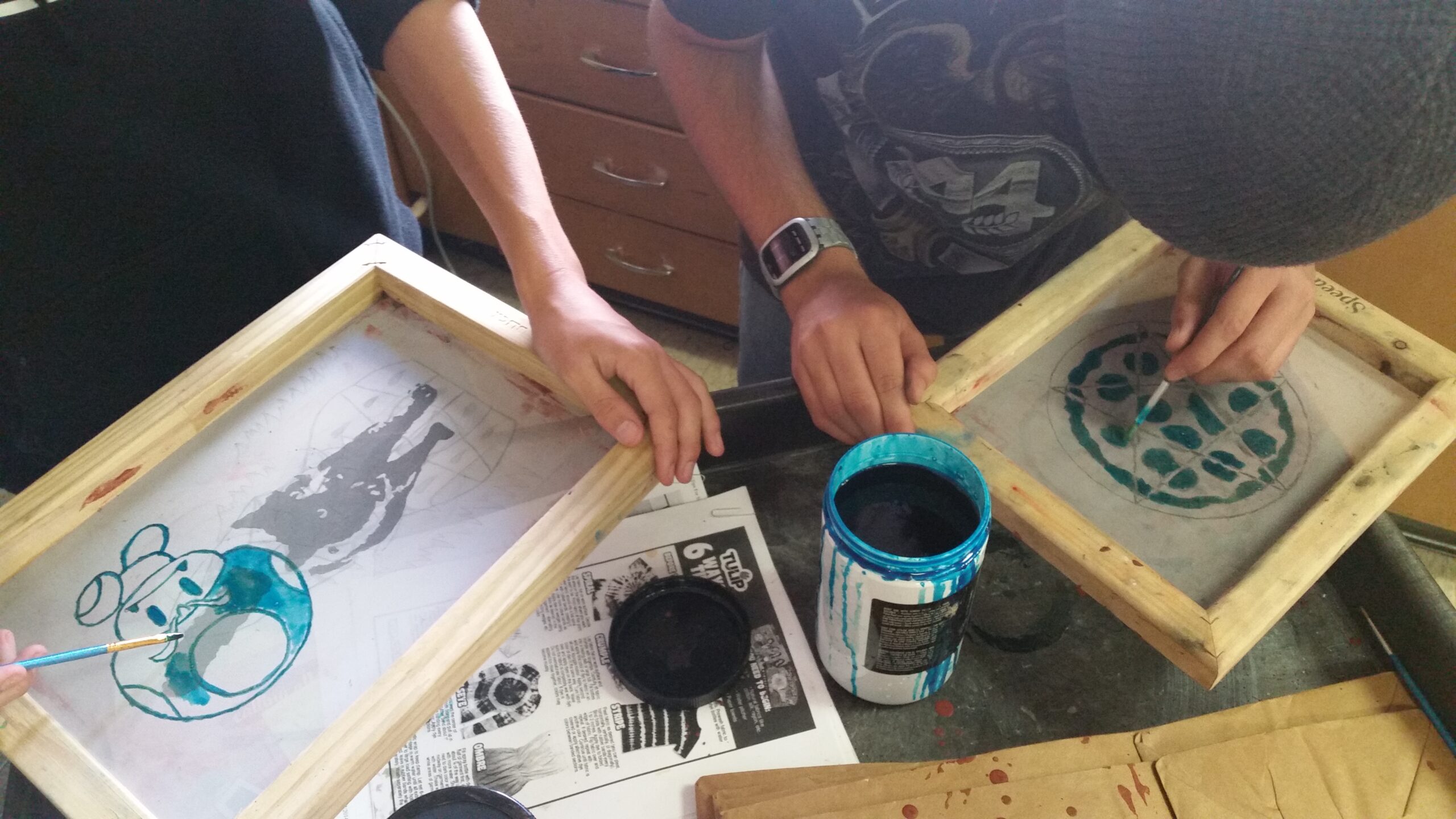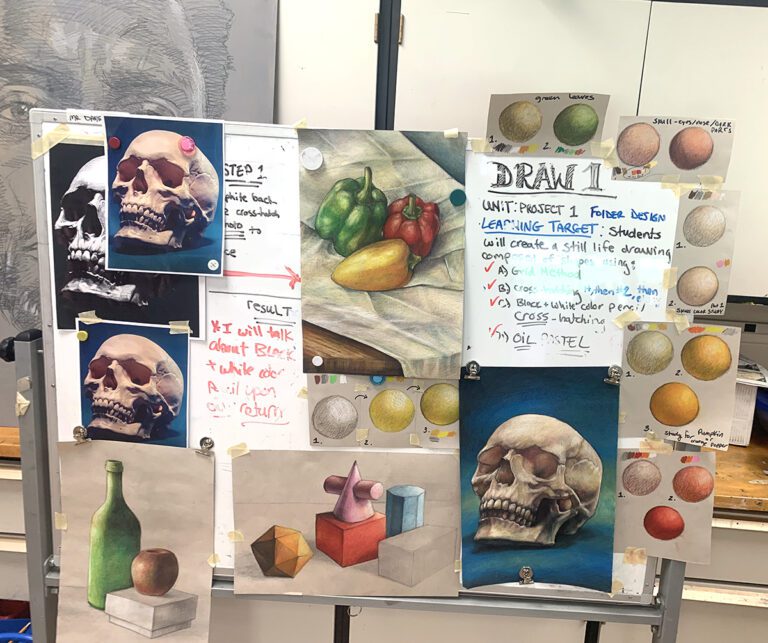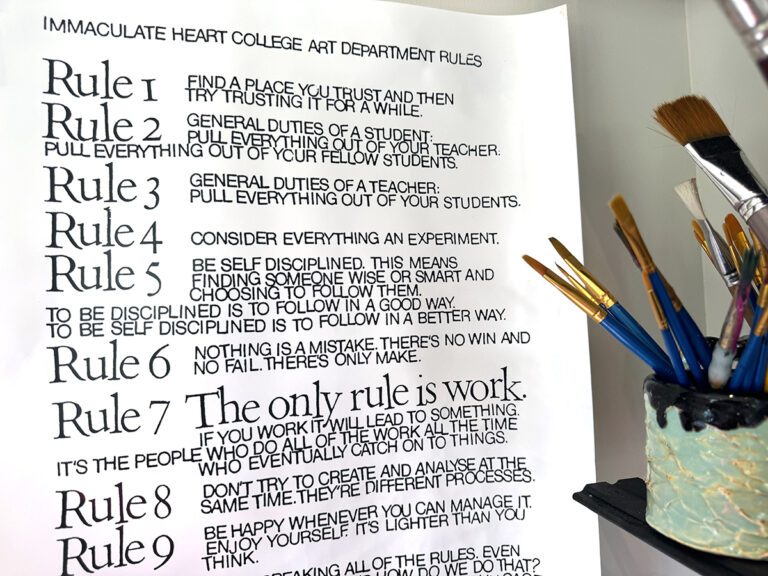Flipped instruction is a popular teaching method, and for good reason. It gives teachers more class time to delve deeper into subjects and work with students individually to make sure they understand the content. If you’ve ever had issues with things like students remembering the steps of a process or missing instructions due to an absence, then flipping is for you.
We tend to think of flipped instruction as students watching video content, but it can be so much more.
The Flipped Learning Network defines flipping as a teaching style where “direct instruction moves from the group learning space to the individual learning space.” In other words, flipping can be any way you deliver content individually to students.
I use flipping in my classroom to teach content, help kids catch up when they need a refresher, and to support student choice. I love using it because it frees up class time for me to work one-on-one with students and it allows me to provide a high level of individual choice without sacrificing depth of content.
Below are two non-video methods I love to use.
1. Anchor Charts
These visuals that combine images and text are perfect for capturing processes or techniques that can be broken down into a few stages. After these charts are created and laminated, they can be displayed on the wall or pulled out as needed for whole group instruction or for a specific center. One way I use them is to introduce a variety of drawing materials in a short amount of time in a “Draw Around the Room” activity, inspired by awesome art teacher Cynthia Gaub. I set up centers for each media and rotate the class through them. Students work from the anchor charts independently to develop a working understanding of each media.
Why They Work: Anchor charts show key stages of a technique or process, so students can use them to check understanding as they go. They provide an easy and independent way for kids to work through content and answer questions.
Special Considerations: Constructing anchor charts takes some time and planning. It’s important to think about the scale of text and images. To be effective, these charts must be easy to read.
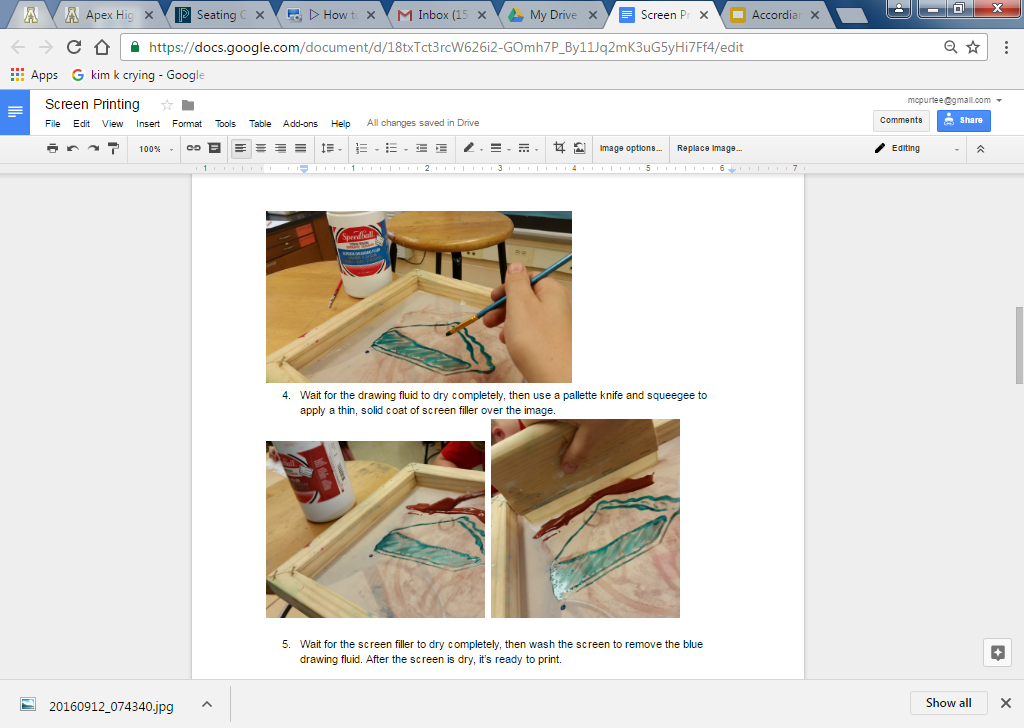
2. Step-by-Step Directions
When I want to teach my students a multi-step process, I create a series of directions students can access online in the form of a slideshow. I take photos of each step in the process and write a short text blurb to go with it. I post these directions on my class website where my high school students can easily access them with their phones. I use this method to teach things like screen printing, online image editing, and the method for making an accordion book. Students are easily able to access and follow these instructions on their own.
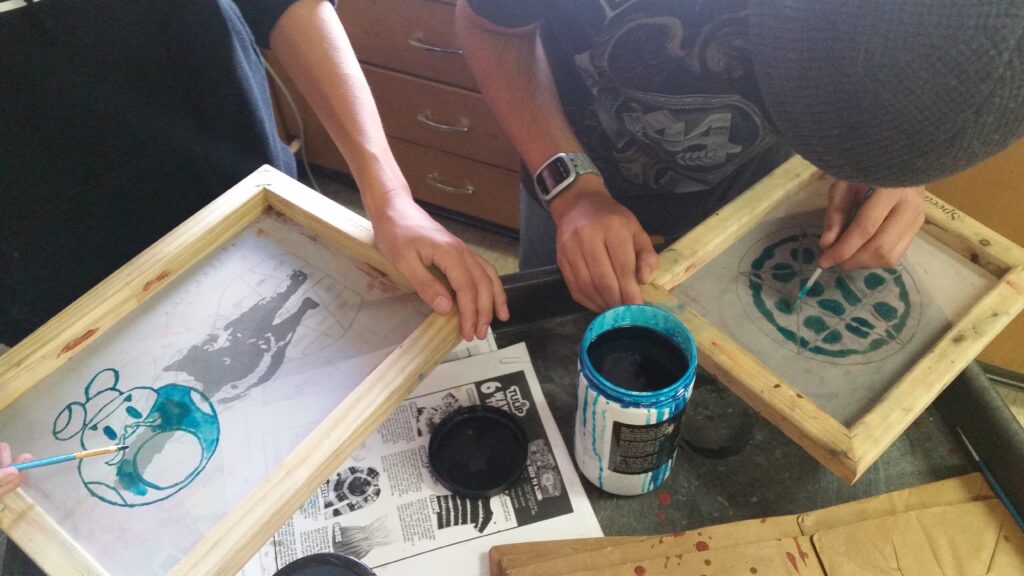
Why it Works: Students can see what each step looks like and read an explanation. This way the information is very clear, and when students need a reminder, it’s easy to find the necessary step.
Special Considerations: This method works well with some technology: a class website and kids with smartphones. Teachers who don’t have access to those resources could print copies of the information for students to share, or have a laptop with document pulled up and ready to view.
Don’t Forget to Check for Understanding
Flipping works best for me when I plan for ways to make sure students have learned the material I’ve presented. I do this in a few different ways. When students are using anchor charts to learn techniques or processes, I make sure to observe work in progress, correcting any misunderstandings in real time. The second way I check for understanding is with quizzes made with Google Forms. For complex, multi-step processes, I ask students to pass the quiz before they get supplies out. Taking a short quiz gives kids an extra review of new information and lets me know they’ll be successful.
All in all, flipping is a hugely effective teaching method that can support many learning outcomes successfully. It can take some time to prepare resources, but the results are more than worth it!
Have you ever considered flipping without creating a video?
Can you think of other ways to present information individually in your classroom?
Magazine articles and podcasts are opinions of professional education contributors and do not necessarily represent the position of the Art of Education University (AOEU) or its academic offerings. Contributors use terms in the way they are most often talked about in the scope of their educational experiences.
